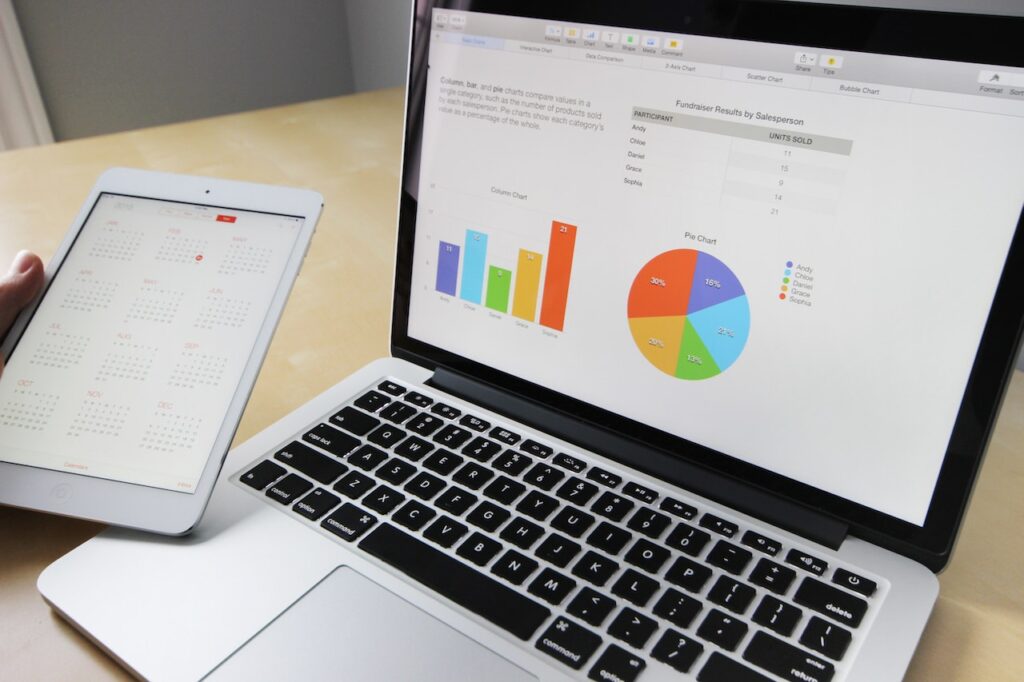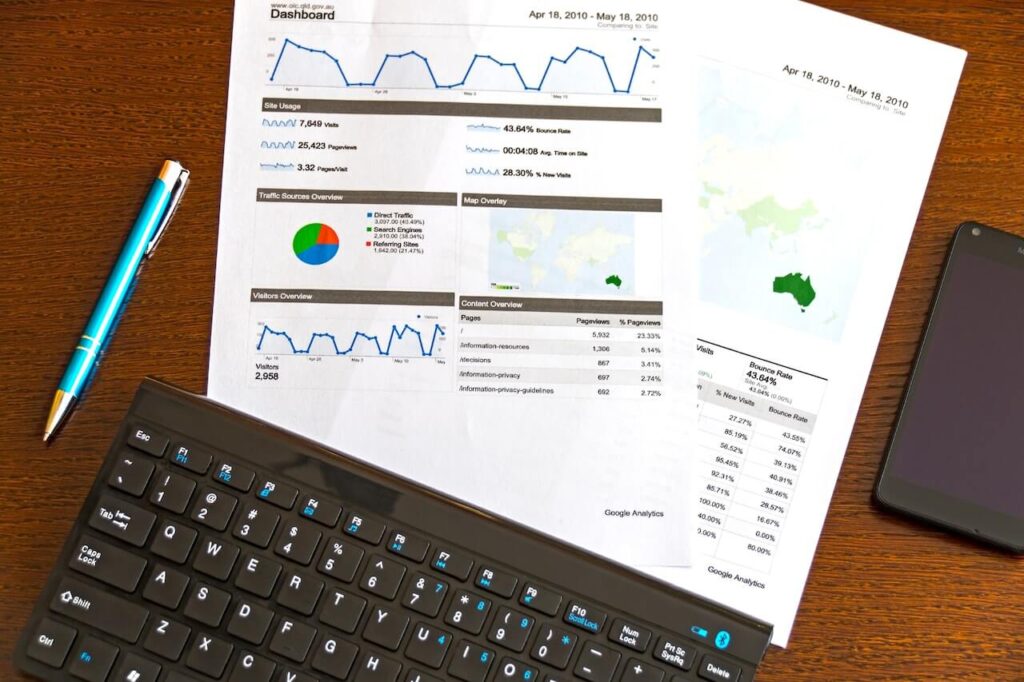It’s challenging to work with data when it is unorganized and uncategorized. Thankfully, this is where data classification comes in. It organizes and categorizes data for easier management, retrieval, and storage. So, adopting data classification is key for business owners, data managers, and data scientists looking for ways to make data accessible. What is data classification, what types of data classification are there, and how can you classify data effectively? This article answers these questions. Let’s get started.

What Is Data Classification?
Data classification is organizing data by categorizing them into different groups to enable easier access, retrieval, and management. When you classify data, you tag them with different labels to make them easier to find, track or retrieve. For example, you can label one data set “confidential” and another “Public.”

Besides facilitating retrieval and ease, data classification helps businesses maintain compliance with data regulations like General Data Protection Regulation (GDPR) because it protects data confidentially and prevents breaches.
Also, data classification makes it easier for employees and other authorized users to implement necessary safety precautions when handling specific data. Generally, effective data classification facilitates your decision-making process by streamlining the collection of data and its analysis. This boosts productivity, enhances efficiency, and improves organizational output.
How Does Data Classification Work?

Data classification works through three specific processes. Let’s examine them below:
1. Content-based classification
This method requires you to examine files directly and classify them based on the type of content they are. Also, it organizes data based on how sensitive it is. During content-based classification, experts ask critical questions like “What is in this document?” and discover what the files entail before classification.
2. Context-based classification
Data scientists adopt the context-based classification approach when organizing huge data from the same source. It evaluates metadata using different parameters, including:
- The application used to create the file or the file type (.xlsx or .docx).
- Physical location of the data
- The person who created the file
This approach examines the variables mentioned above to discover indicators of sensitive information and how to classify them.
3. User-based classification
User-based classification is done manually. It requires the data scientist to select, review and edit documents while relying on personal discretion.
You can adopt any of these methods to classify your data. You just have to decide which of these processes works best for your goals and objectives.
The 5 Purposes of Data Classification

This process is conducted for different reasons. Let’s discuss them below:
1. It protects personal data
According to Osanos guide, personal data is generally referred to as digital or analog information that refers to an individual and can be used to identify that person. This could range from e-mail address, IP address, phone number, credit card information, etc.
Data classification boosts confidentiality and integrity. Also, it identifies the data that is precious to you and implements anonymity, encryption, and other data protection strategies. It separates personal data from information accessible to the public to introduce adequate protection controls for your data.
2. Risk mitigation
This reduces data privacy and data breach risks. This is because it limits access to personally identifiable information (PII) and controls where data is stored, thereby putting you in charge of how it is accessed and used. As a result, it mitigates attacks like intrusion, data loss, or privacy breaches.
3. Compliance
Data classification promotes compliance with data privacy regulations, preventing sanctions and fines. It allows you to include tracking controls and meta tags. It also encourages quarantining and archiving of specific data and enhances compliance.
4. Analytics
You can gather and interpret data efficiently with data classification. For example, you’ll know who created a file, where it is stored, and its purpose, allowing you to analyze them effectively. This will also help you make adequately informed decisions to scale your business.
5. Efficiency
Data classification facilitates your decision-making process and productivity. First, it allows you to access data easily by categorizing them into type, usage, etc. It also eliminates unwanted or redundant data and allows you to move data easily. These perks simplify your activity and enable you to achieve faster results with data analytics, protection, and optimization.
The 4 Types of Data Classification

There are different types of data classification. You can use more than one type to manage your data effectively. Let’s take a look at the major types of data classification available.
1. Public data
This type of data classification is labeled for files that can be available to the public, including employees, customers, etc. Data that fall into the public data category can be used, distributed, and reused without consequences because they are open to the public. Marketing brochures, white papers, and press releases fall under this category.
2. Internal-only data
This classification type is exclusive to documents available to internal personnel or employees. Other users outside the organization, including customers, may not have access to this type of data. Correspondence, business proposals, and staff contact lists are examples of internal-only data.
3. Confidential Data
Confidential data tags are labeled on files that require special access authorization to view, use and retrieve. Often, this includes consumers’ sensitive information, employees’ data, etc. Documents that are tagged as confidential are usually safeguarded by data regulation policies, including GDPR, CPRA, (California Privacy Right Act), etc.
4. Restricted data
Restricted data labels are for data that require access to use without authorization. Access to this data type without authorization can lead to criminal charges, fines, and penalties. Research and proprietary data safeguarded by state and federal regulations are examples of restricted data.
7 Best Practices for Data Classification
You can begin your data classification process after choosing your most suitable method. Also, there are practices you can adopt to simplify and improve your process. Let’s take a look:

1. Make data classification a priority
Be it a startup or an established firm, an organization’s general attitude towards data classification determines how users, employees, and other people involved will handle the process. So, make data classification a priority. Establish guidelines and penalties for compliance.
Create supervisory bodies to ensure those involved in the classification process follow the guidelines or pay for penalties otherwise.
When you do these, you send the right message to the authorized users and create the best environment for them to classify the company’s data.
2. Create a data classification schema
Creating a data classification schema is crucial after you’ve created a data classification framework. Therefore, describe the data categories you’ll use to classify your business’s data. Highlight the duties of those involved in the data classification process and how they can organize every data based on their sensitivity.
While creating each data category, including the type of data managers, the potential risks involved if a data breach occurs, and the process required to classify the data successfully. Doing this will ensure everyone involved in the process follows the right methods to maintain compliance and execute the data classification process effectively.
3. Minimize sensitive data footprint
Data classification promotes data security. However, it’s more challenging to protect data when tons of sensitive data is lying around. To prevent this, reduce the amount of sensitive information potential hackers can access by:
- Gathering necessary data only
- Deleting sensitive data you don’t need
- Reducing the number of locations you store sensitive information
Remove unnecessary and redundant data from your system during the process. Doing this will boost data privacy and security for enhanced compliance.
4. Educate the staff on data privacy compliance

Data privacy compliance is a critical aspect of every data classification process. You must follow adequate guidelines and quality control measures to ensure authorized users comply with data privacy bodies when classifying and handling data.
Therefore, educate users, employers, and other individuals concerned with the classification of data privacy regulations and how to comply. Organize training, provide resources and assign a regulatory unit to track the activities of those involved in the classification. Additionally, conduct frequent internal audits to discover loopholes and fix them early.
Providing proper education on data privacy helps authorized users stay on track with evolving data privacy policies.
5. Conduct data risk assessment
Data risk assessment (DRA) involves systematically examining the locations used to store sensitive information. It examines where data is stored, who has access, and if any changes have been made. This approach reveals the type of data you are working with and its sensitivity. As a result, you’ll classify the data accordingly, facilitating an accurate data classification process.
6. Establish data security measures
Data classification reveals the sensitivity of the files in your custody. So, you know the level of security required for every data type.
Therefore, it’s crucial not to dismiss or neglect the right security measures needed to store the files and documents available. Identify sensitivity levels and implement appropriate security controls to enhance data privacy and security.
7. Conduct regular monitoring
Data classification monitoring isn’t what you do during the process only; it’s an ongoing activity. This is because unauthorized users can copy, edit, delete, or move sensitive information anytime, damaging data privacy and hampering the data security system. Therefore, it’s critical to organize internal monitoring bodies to examine the data classification process on an ongoing basis.
Also, introduce detection software for fast observation of any anomaly. Frequent monitoring enables early identification of potential data breaches, allowing you to take proactive measures to prevent possible data security and data privacy threats.
Conclusion
Data classification plays a critical role in data privacy and security. It enables easy accessibility, retrieval, and data storage. So, it’s essential to execute the data process perfectly. To do this, prioritize data classification, organize data classification schema, reduce sensitive data footprint, and train employees on data privacy compliance. Finally, perform regular data risk assessment, implement data security controls, and monitor activities frequently.
The post What Is Data Classification: Best Practices And Data Types appeared first on Designveloper.
September 12, 2022 at 11:03PM











No comments:
Post a Comment